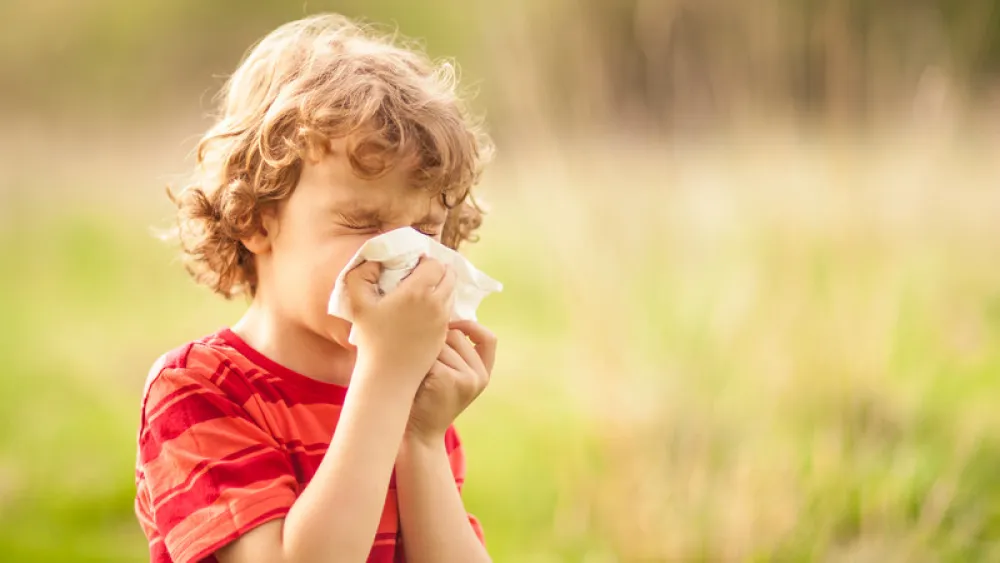




6 Ways to Handle Spring Allergies


It’s spring! Trees are budding, grass is growing – and noses are sneezing!
Spring brings on nice weather, but for those of us allergic to pollen, these months can be miserable.
The symptoms spring allergy sufferers feel are a result of the body's reaction to pollen. They may include:
- Runny nose
- Sneezing
- Scratchy throat
- Congestion
- Watery and itchy eyes
How to get relief
Some medications can help relieve symptoms like sneezing or itchy eyes. But aside from taking medication, the best strategy is to avoid coming in contact with pollen altogether.
Tree and grass pollen are generally found outdoors, but staying inside for the entire season is clearly not an option!
Still, there are some things you can do to lower your exposure and avoid some of the symptoms. Consider these tips:
1. Avoid high pollen-count days
Follow local weather broadcasts for pollen counts, and try to limit your time outside on high pollen-count days.
2. Keep your windows and doors closed
At home, use central air conditioning or a window air conditioner with a filter in the allergic person’s room. In the car, use your air conditioner and keep your windows rolled up.
3. Push outdoor play to the evening
Pollen counts are generally lowest in the evening. If your child wants to play outside, the evening is the best time.
4. Stay out of the wind
Pollen counts are highest on dry, windy days. That’s because pollen is released and blowing in the air.
5. Scrub-a-dub-dub
Be sure to wash clothes worn outside before wearing them again. Shower and shampoo daily to remove pollen that has settled on the body during the day.
6. Remember that diet matters, too
A protein that resembles pollen is found in some raw foods, including apples, pears and carrots. If you or your child has an allergic reaction to pollen, these foods should be eaten with caution.
More Resources
- Cold season is no fun. Here’s how to help your child with congestion
- What to know about food allergies
- Do you have allergies or sinusitis? Watch for these symptoms

